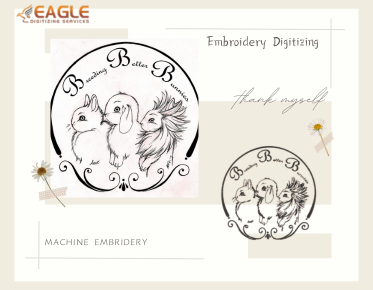Challenges in Silk Screening T-Shirts: A Comprehensive Exploration
html
Silk screening, also known as screen printing, is a popular method for creating custom T-shirts. However, despite its widespread use, this technique is not without its challenges. From the intricacies of the process to the limitations in design, silk screening presents several problems that can affect the quality and efficiency of T-shirt production. In this blog, we will delve into the common issues faced in silk screening T-shirts and explore potential solutions to overcome these hurdles. For more insights into silk screening, you can check out this resource【4:0†source】.
Understanding the Silk Screening Process
Before diving into the problems, it's essential to understand the silk screening process. This method involves creating a stencil (or screen) and using it to apply layers of ink on the printing surface. Each color in the design requires a separate screen, making the process labor-intensive and time-consuming, especially for complex designs.
Problem 1: Complexity in Multicolor Designs
One of the primary challenges in silk screening is handling multicolor designs. Each color requires a separate screen, which must be perfectly aligned to ensure the final image is accurate. This alignment, known as registration, can be difficult to achieve, especially with intricate designs. Misalignment can lead to blurred or overlapping colors, resulting in a subpar product.
Problem 2: Limitations in Detail and Resolution
Silk screening is not ideal for designs that require high detail or resolution. The mesh of the screen can only hold so much detail, and fine lines or small text may not transfer well onto the fabric. This limitation can be frustrating for designers looking to create intricate artwork on T-shirts.
Problem 3: Environmental Concerns
The silk screening process involves the use of various chemicals, including inks and cleaning agents, which can be harmful to the environment. The disposal of these chemicals must be managed carefully to prevent pollution. Additionally, the process can be wasteful, as excess ink and materials are often discarded.
Problem 4: Cost and Efficiency
Setting up a silk screening operation can be costly. The need for multiple screens for different colors and the manual labor involved in the process can drive up production costs. This expense is often passed on to the consumer, making silk-screened T-shirts more expensive than those produced using other methods.
Problem 5: Durability of the Print
While silk screening is known for producing vibrant colors, the durability of the print can be a concern. Over time, the ink may crack or fade, especially if the T-shirt is not cared for properly. This issue can be exacerbated by the type of ink used and the quality of the screen printing process.
Solutions and Alternatives
Despite these challenges, there are ways to mitigate the problems associated with silk screening. For instance, advancements in technology have led to the development of better inks and more precise screen printing equipment. Additionally, digital printing offers an alternative for those seeking high-detail designs without the limitations of traditional silk screening.
For those interested in exploring alternatives, vector graphics can be a viable option. Vector graphics allow for scalable designs that maintain their quality regardless of size. This is particularly useful for T-shirt designs that require precision and detail. You can learn more about vector graphics and their applications in T-shirt design by visiting this link【4:0†source】.
Future Trends in T-Shirt Printing
As technology continues to evolve, the future of T-shirt printing looks promising. Innovations in digital printing and eco-friendly inks are paving the way for more sustainable and efficient production methods. Additionally, the integration of artificial intelligence in design processes could further enhance the precision and creativity of T-shirt designs.
For businesses and designers looking to stay ahead of the curve, it's crucial to keep an eye on these trends and adapt accordingly. Eagle Digitizing excels in delivering professional vector art services, transforming creative visions into scalable designs. By leveraging these services, designers can overcome the limitations of traditional silk screening and create high-quality, durable T-shirts that stand out in the market.


